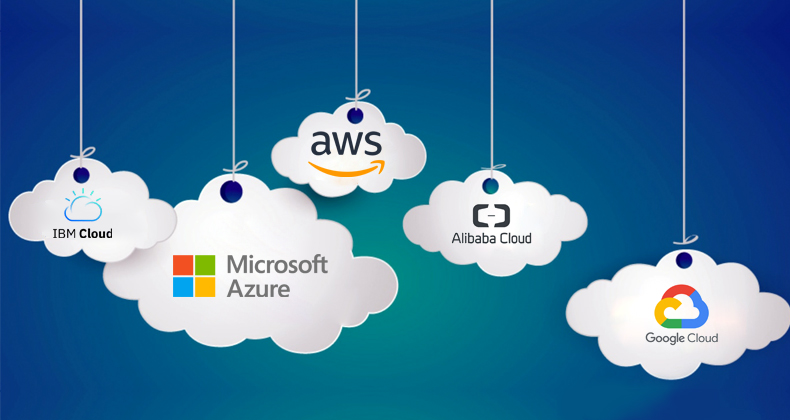
The Hidden Costs of Multi-Cloud Management
Why Configuration Chaos Is Hurting Your Bottom Line
AstraOps Team
Published: April 9, 2025
"Multi-cloud" isn't just a buzzword anymore - it's the reality for 89% of enterprises. Organizations are spreading workloads across AWS, Azure, Google Cloud, and more to avoid vendor lock-in, optimize costs, and leverage specialized services.
But with this flexibility comes a shadow cost that many businesses are only beginning to understand.
The Multi-Cloud Reality Check
The promise seems straightforward: pick the best services from each provider and create an optimal cloud ecosystem. The reality? Far more complicated:
- Inconsistent interfaces that require different expertise for each platform
- Siloed management tools that don't communicate with each other
- Configuration drift that happens silently until something breaks
- Fragmented cost visibility across multiple billing systems
A recent Gartner study revealed that organizations with unmanaged multi-cloud environments spend 20-30% more on infrastructure than necessary. Let's examine why.
The Configuration Management Nightmare
Every cloud provider has its own way of doing things:
- AWS has CloudFormation
- Azure has ARM templates
- Google Cloud has Deployment Manager
Each uses different syntaxes, different approaches, and different best practices. Your team must become experts in multiple systems or risk making costly configuration mistakes.
Even worse, these configurations frequently drift. A quick manual change here, an emergency fix there, and suddenly your documented architecture no longer matches reality.
The Hidden Operational Costs
The true cost of multi-cloud chaos isn't just in your cloud bills - it's in your operations:
Skills Fragmentation
Your team needs to master multiple platforms instead of developing deep expertise in one. This either requires more personnel or results in shallower knowledge.
Troubleshooting Complexity
When something goes wrong (and it will), your team must navigate different logging systems, different monitoring tools, and different support channels.
Security Vulnerabilities
Configuration inconsistencies create security gaps. In a recent cloud security report, 68% of breaches were attributed to misconfigurations - many in multi-cloud environments where visibility was limited.
Compliance Headaches
Maintaining regulatory compliance across multiple clouds means tracking different security features, different certification levels, and different compliance tools.
The Real-World Impact
Consider this scenario with a financial services client:
They built their primary application across AWS and Azure, using specialized services from each. Their deployment process required updating both CloudFormation templates and ARM templates, running different validation scripts, and manually reconciling differences.
When an urgent security patch needed deployment, the process took 4 hours instead of 30 minutes, extending their vulnerability window. The root cause? Configuration management processes built for single-cloud environments that broke down across multiple providers.
Moving Beyond Manual Management
Forward-thinking organizations are looking to tackle challenges through:
Unified Management Planes: Implementing platforms that provide consistent interfaces across cloud providers, reducing the cognitive load on teams.
Automated Configuration Tracking: Using tools that continuously monitor deployed resources against source configurations to detect drift early.
Standardized Deployment Workflows: Creating consistent processes for architecture, approval, and deployment regardless of the target cloud.
Visual Architecture Tools: Adopting solutions that provide visual representations of cross-cloud architectures to improve understanding and communication.
The Path Forward
The multi-cloud strategy itself isn't the problem - it's the fragmented approach to managing it. Organizations that thrive in multi-cloud environments are those that invest in unified management solutions enabling:
- Cross-cloud architecture standards
- Unified deployment workflows
- Automated configuration monitoring
- Centralized cost management
- Visual tools for architecture design and communication
By addressing the chaos of multi-cloud configuration management, organizations can reduce operational costs by 25-40% while improving security posture and accelerating deployment times.
Taking the First Step
Start by auditing your current multi-cloud environment. Map out how many different tools, processes, and skills your team needs to maintain your infrastructure. The complexity you uncover will likely surprise you - and point the way forward where unified management can have the biggest impact.
Looking Ahead
As multi-cloud continues to be the dominant strategy for enterprises, the focus must shift to unified management, observability, and automation. The organizations that thrive will be those that tackle configuration chaos head-on.
Take control of your multi-cloud environment
Discover how AstraOps can help you manage configurations across clouds
Get Started